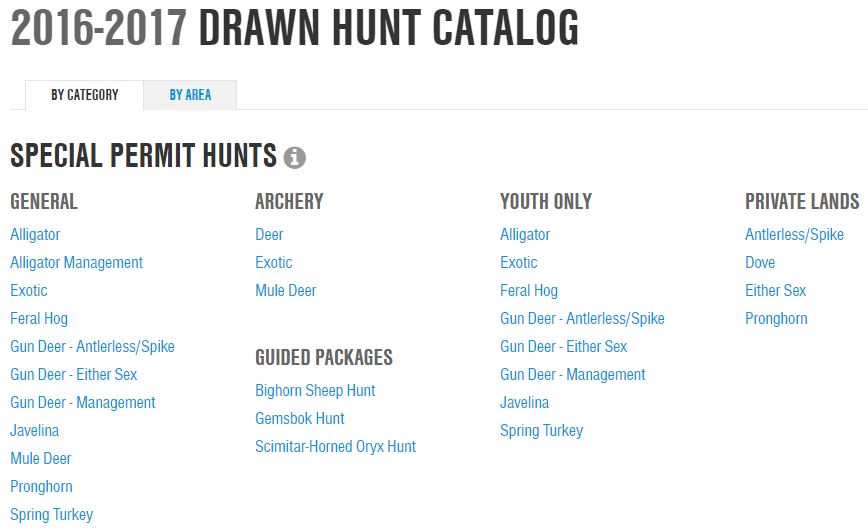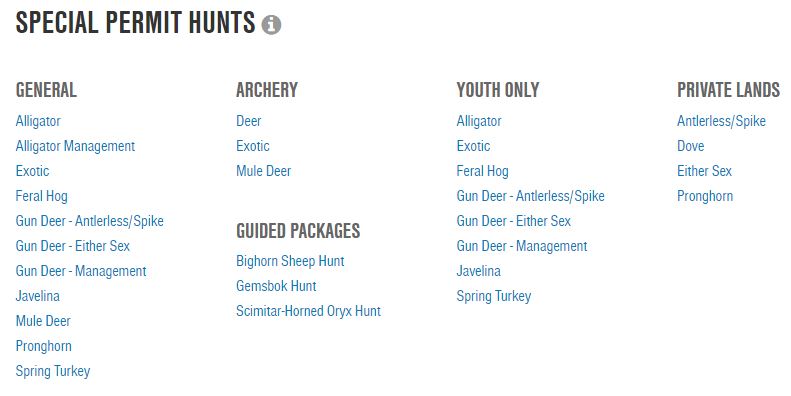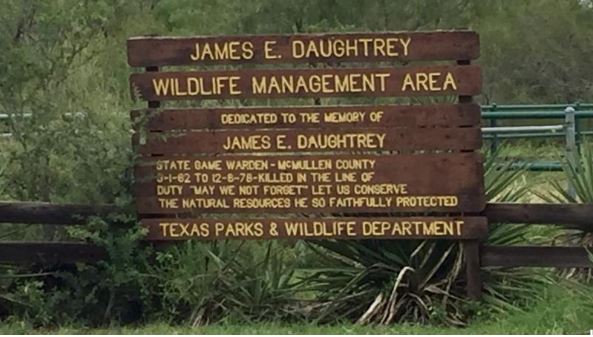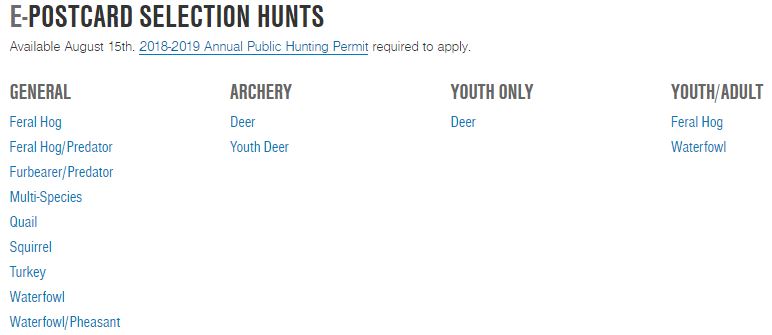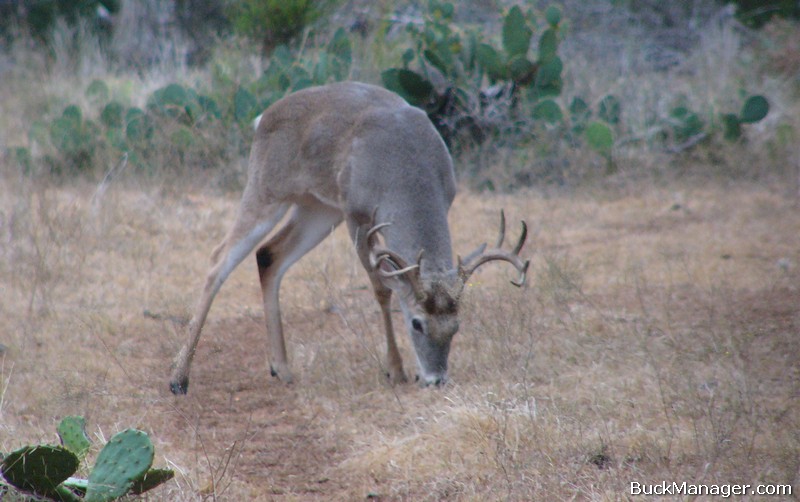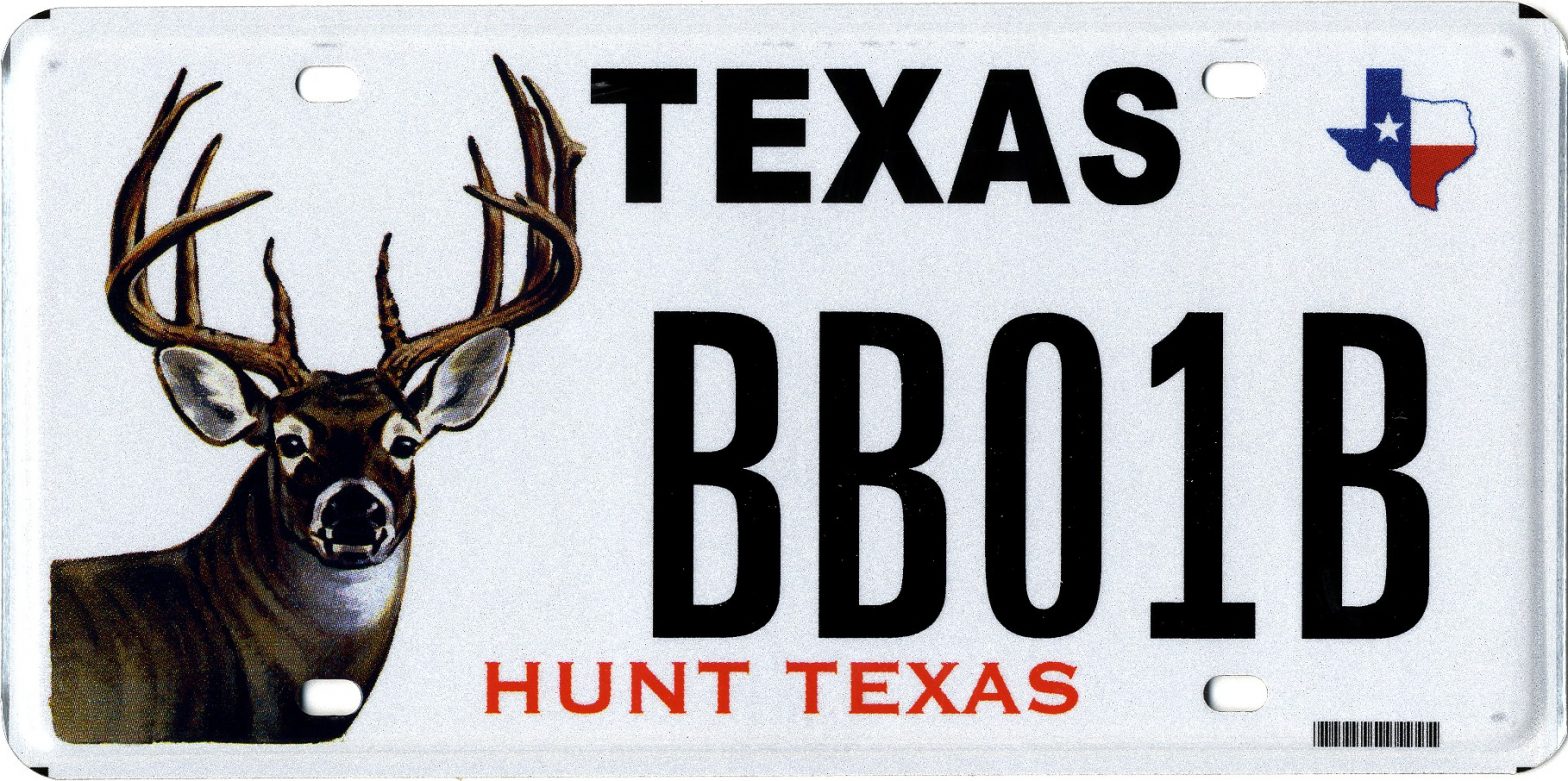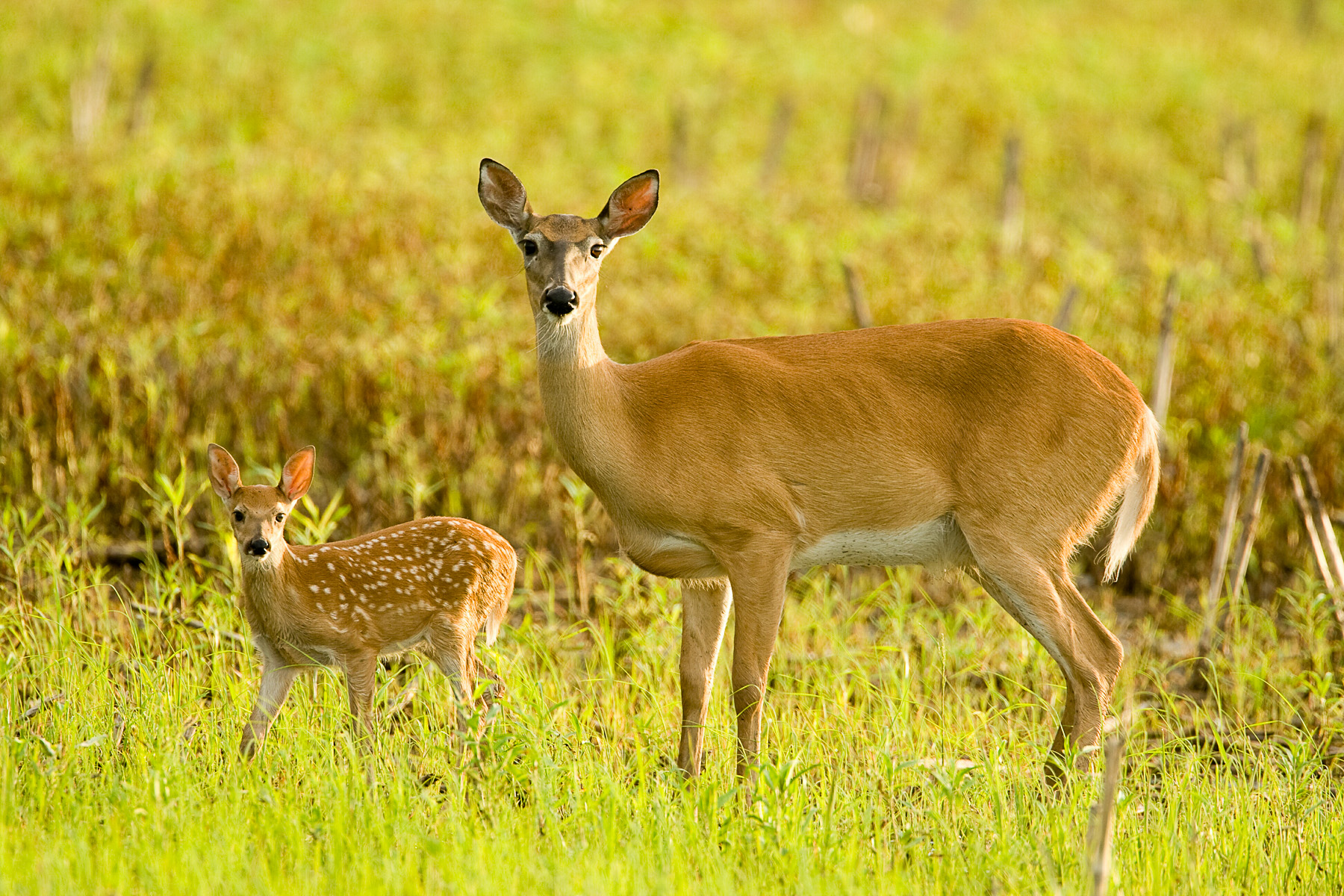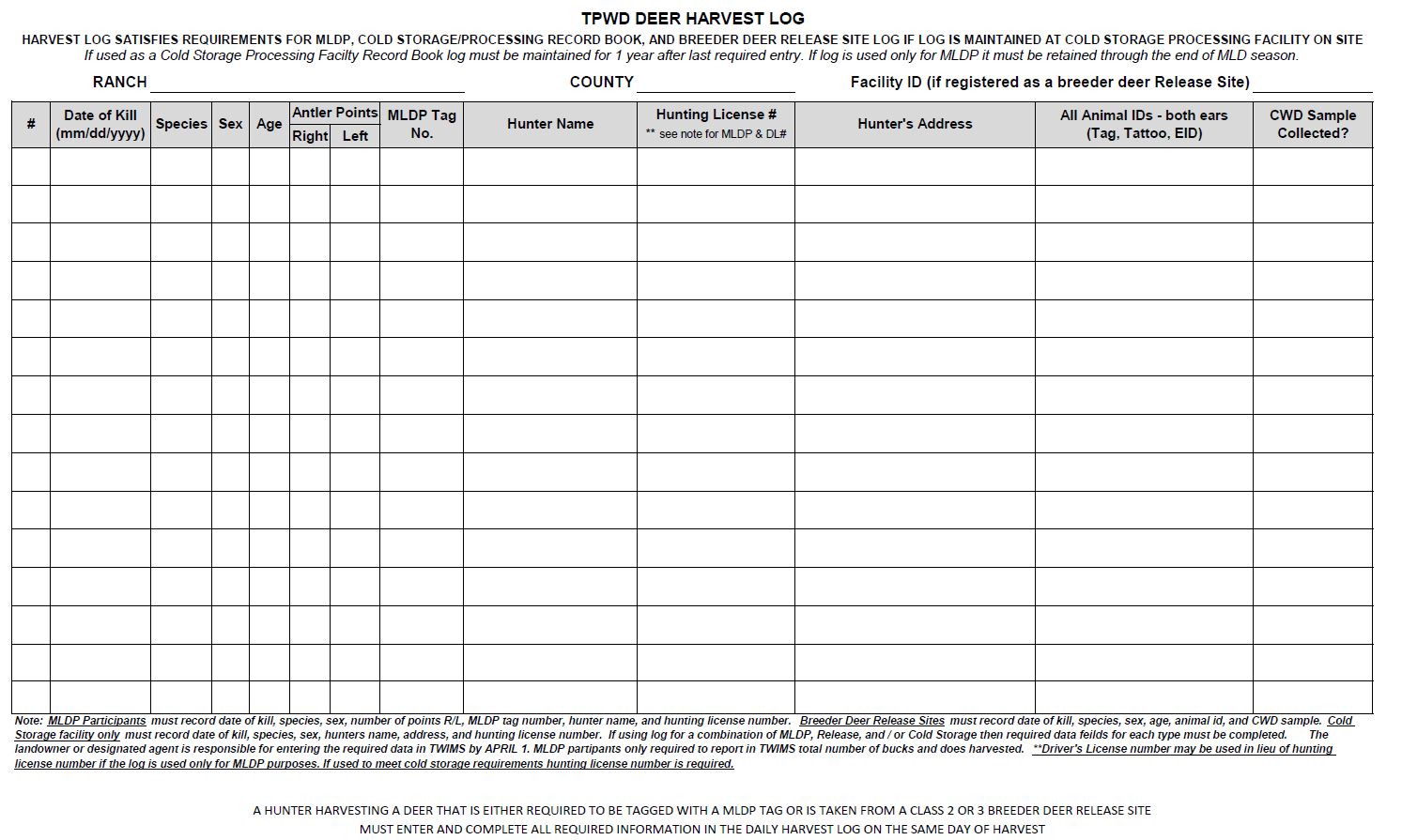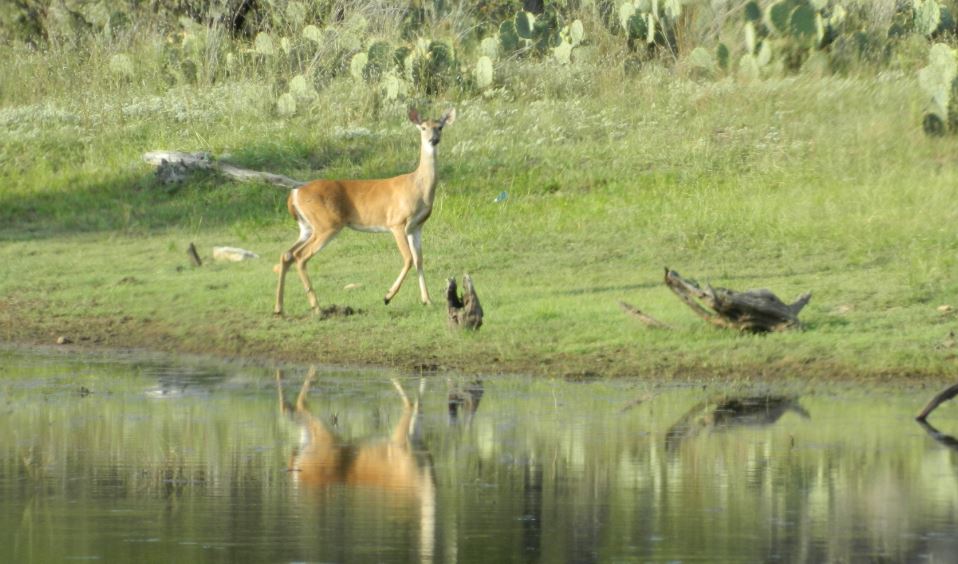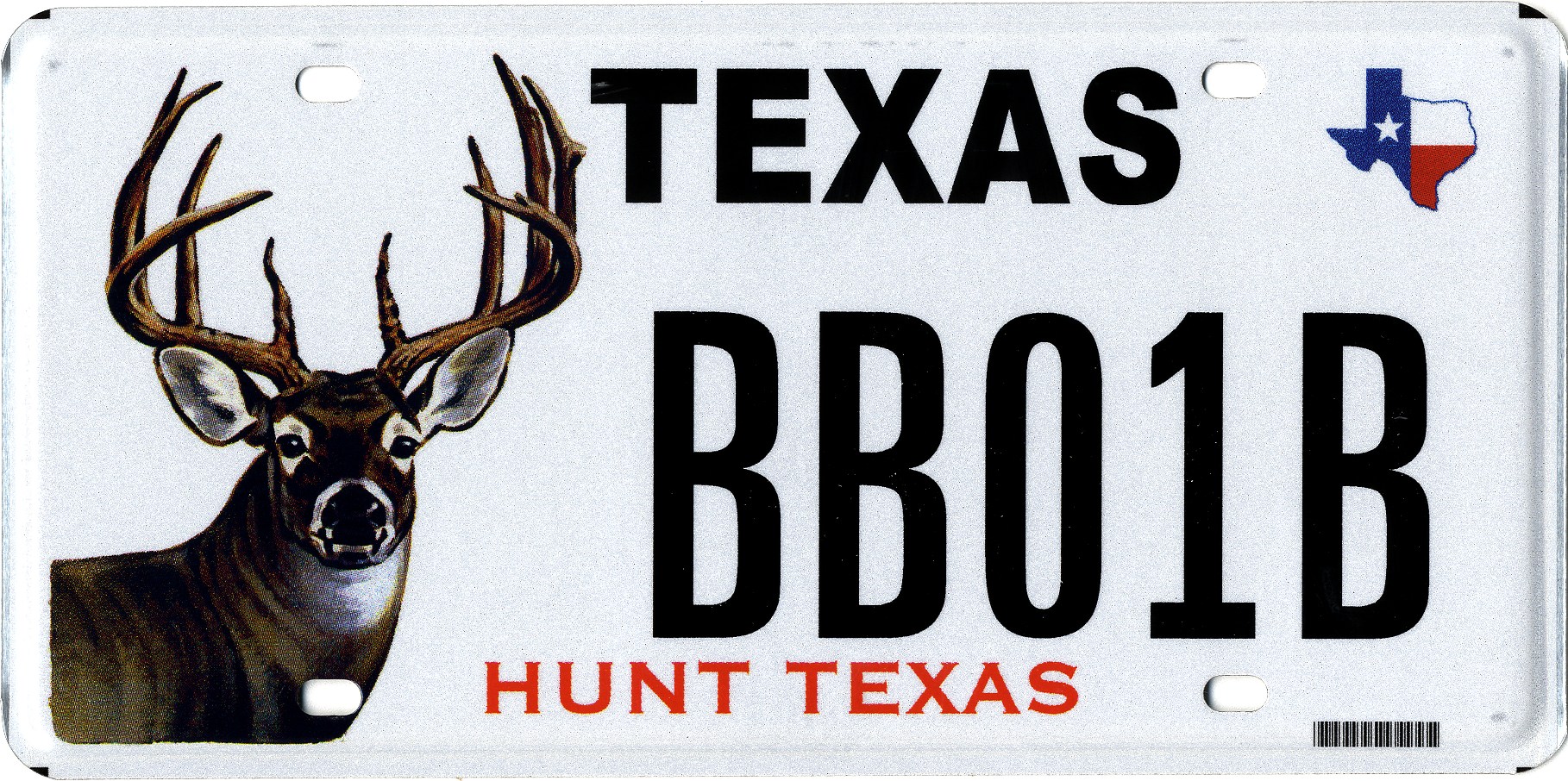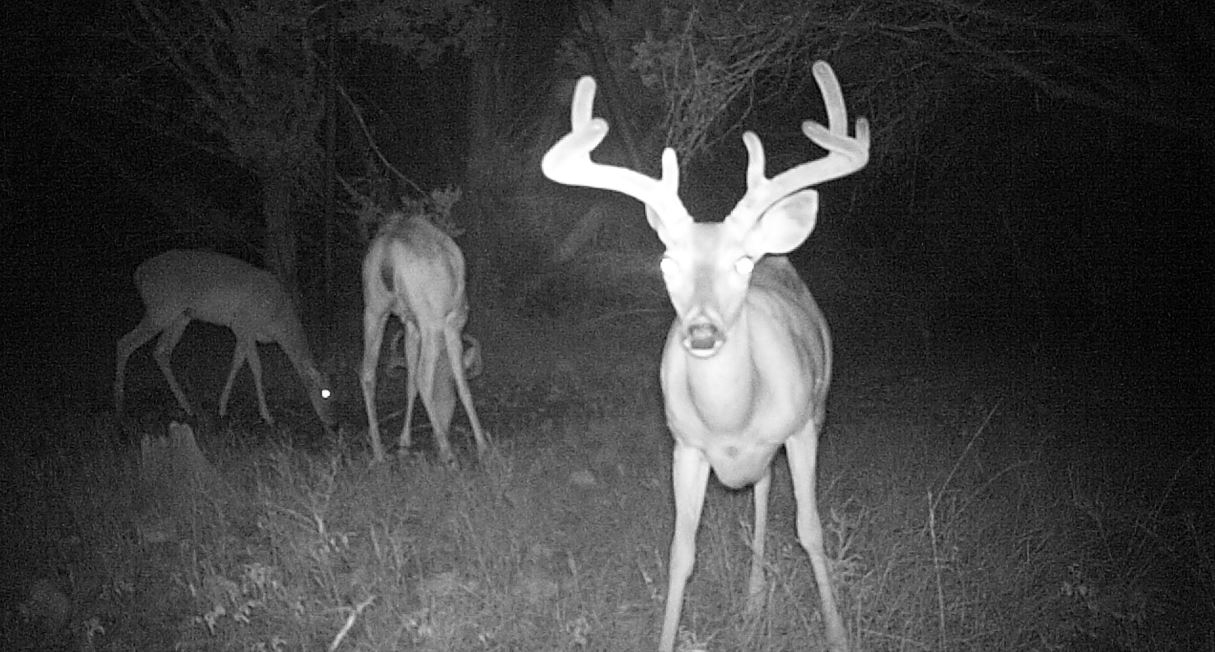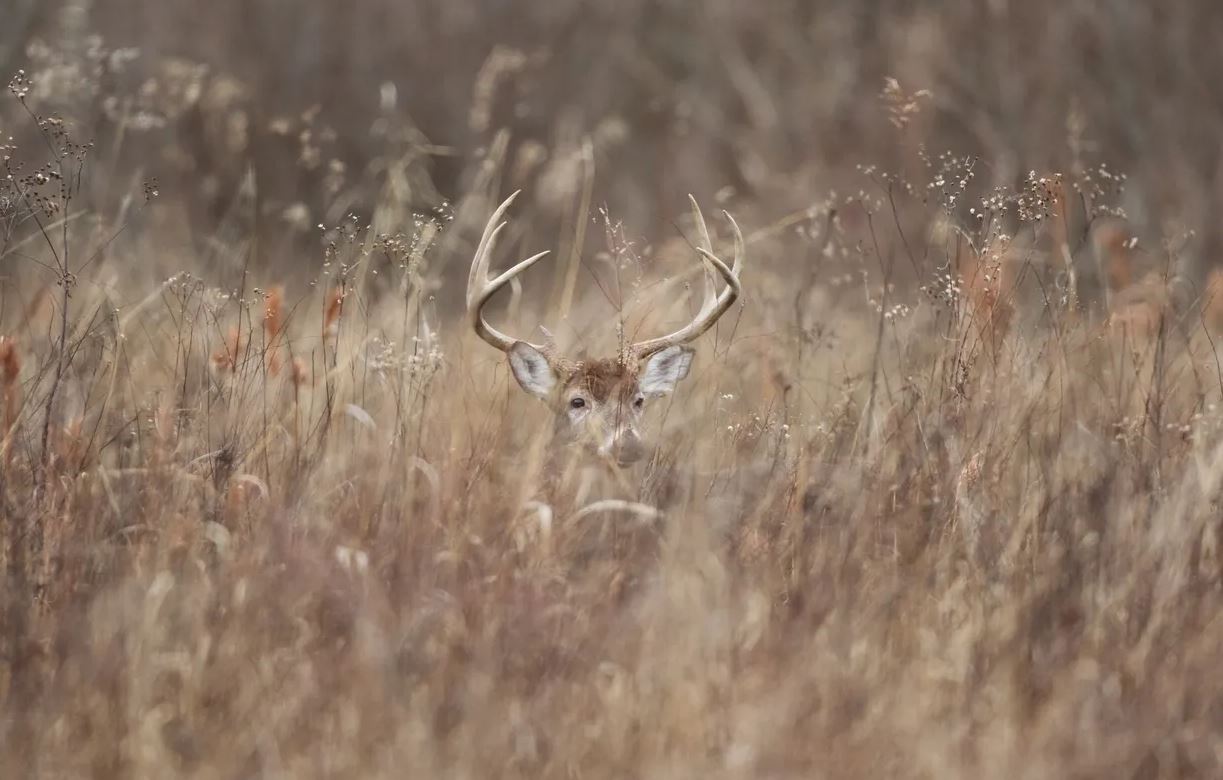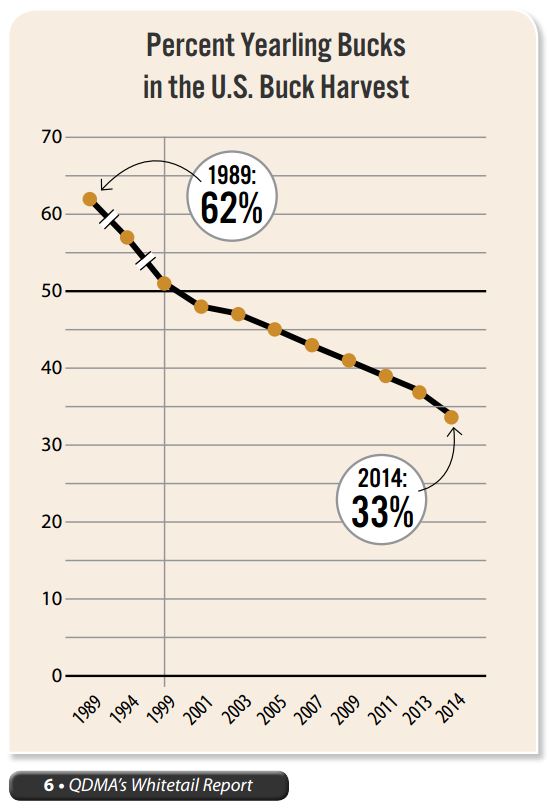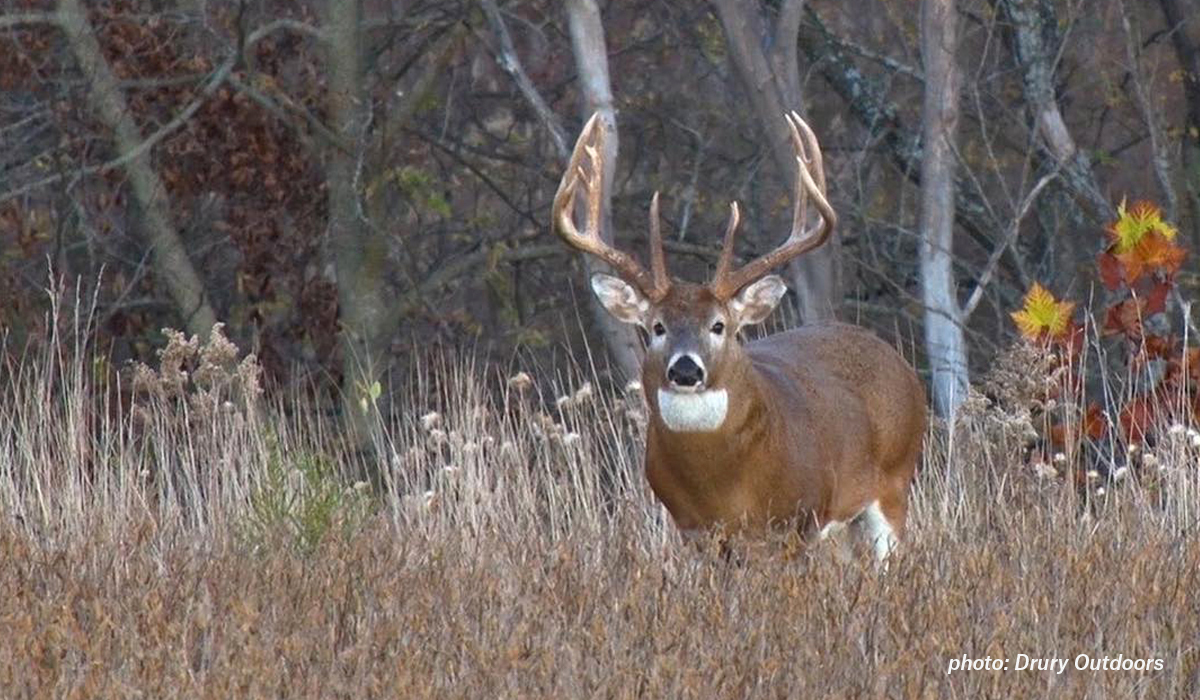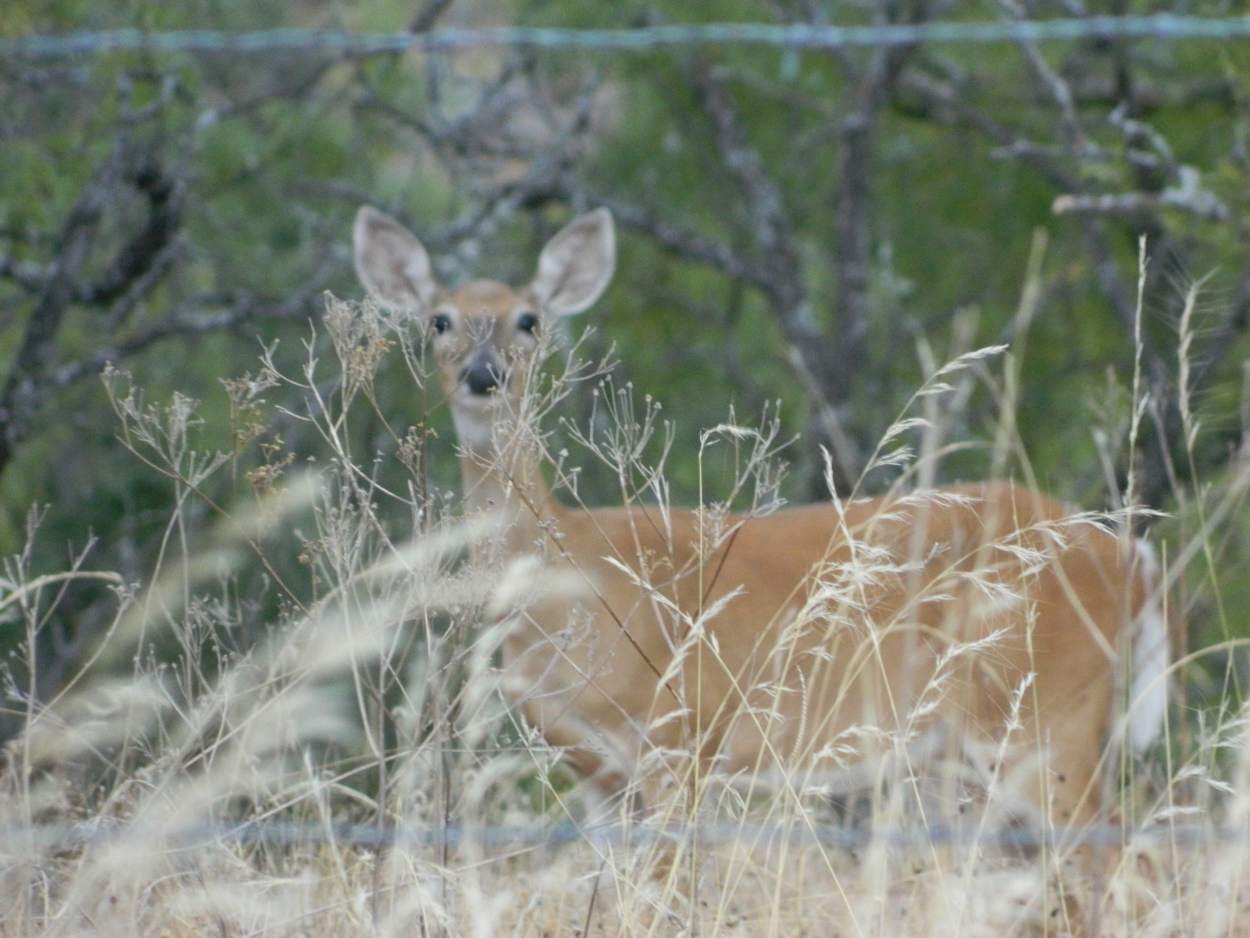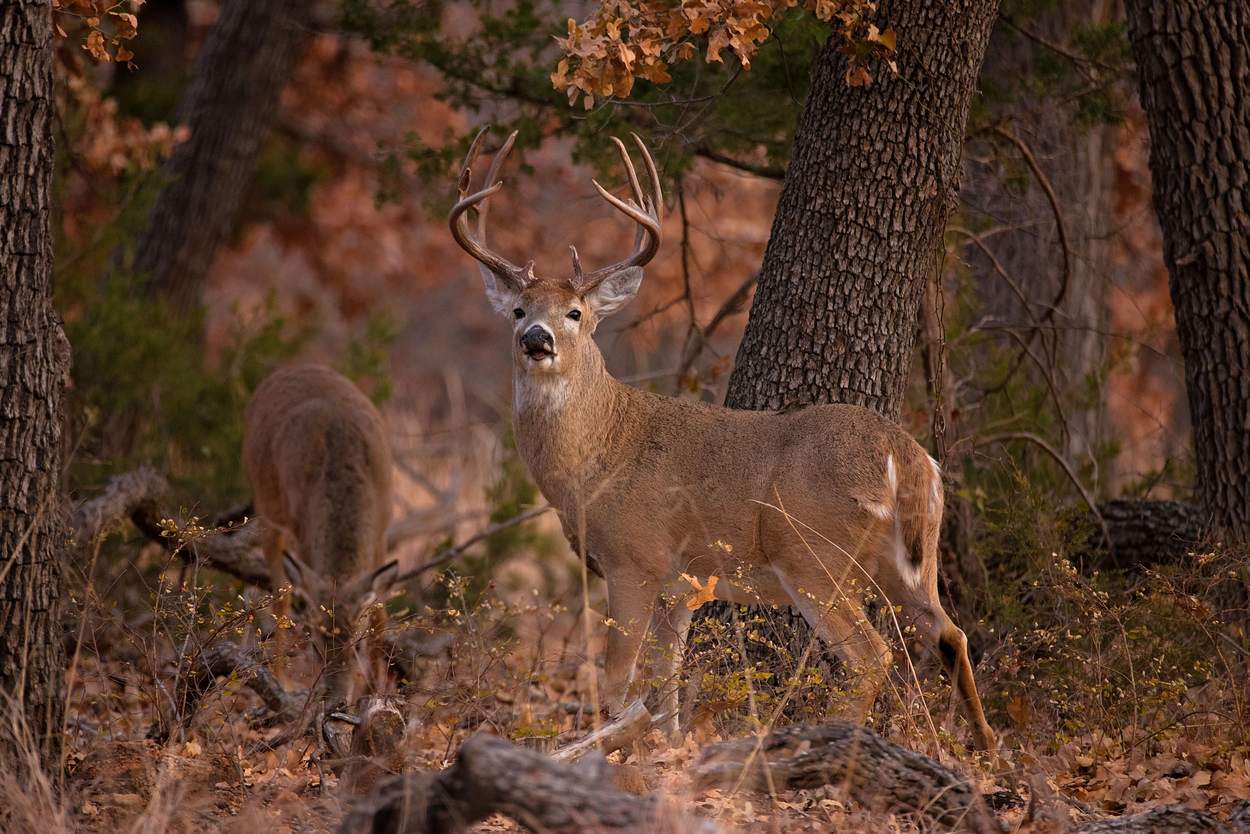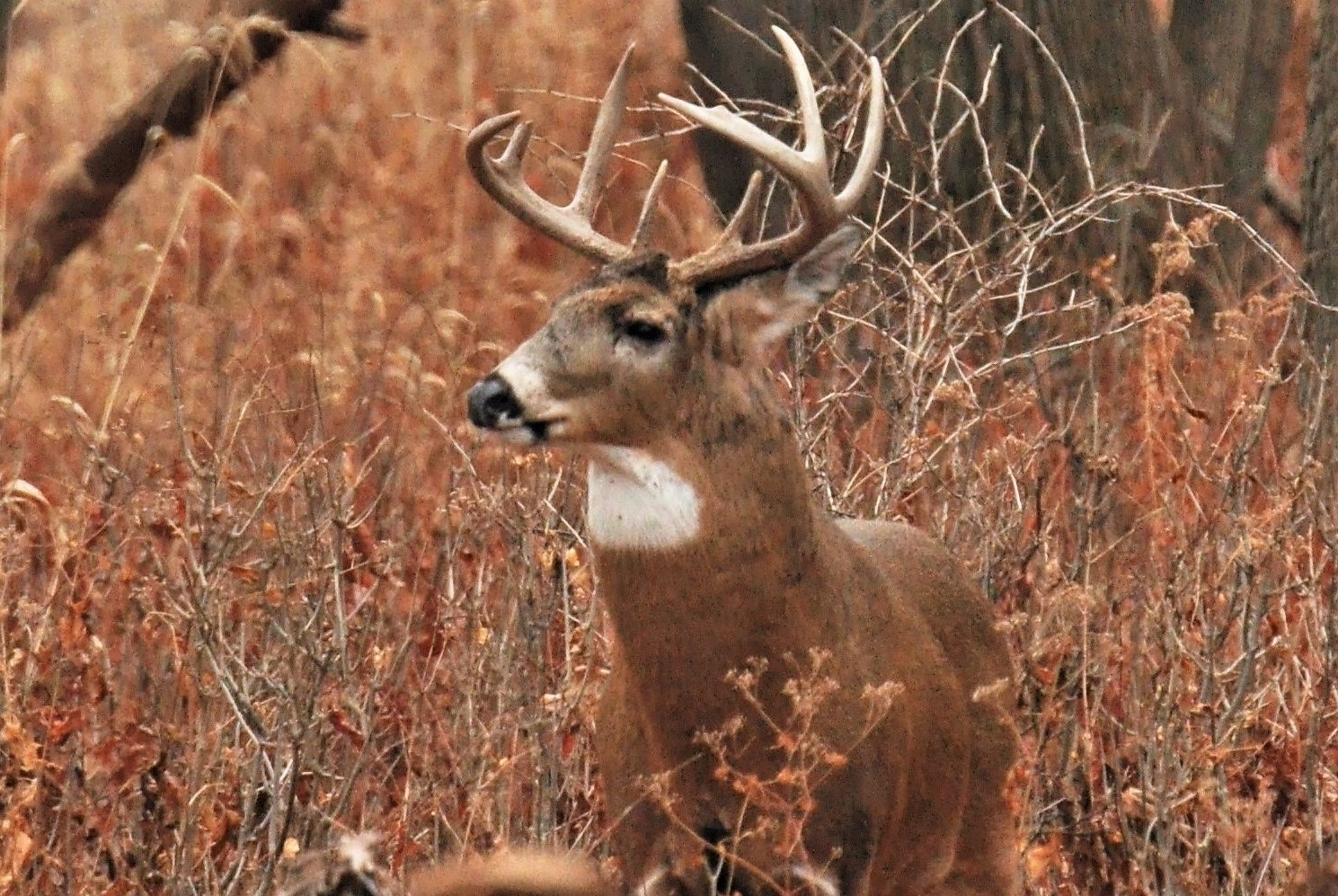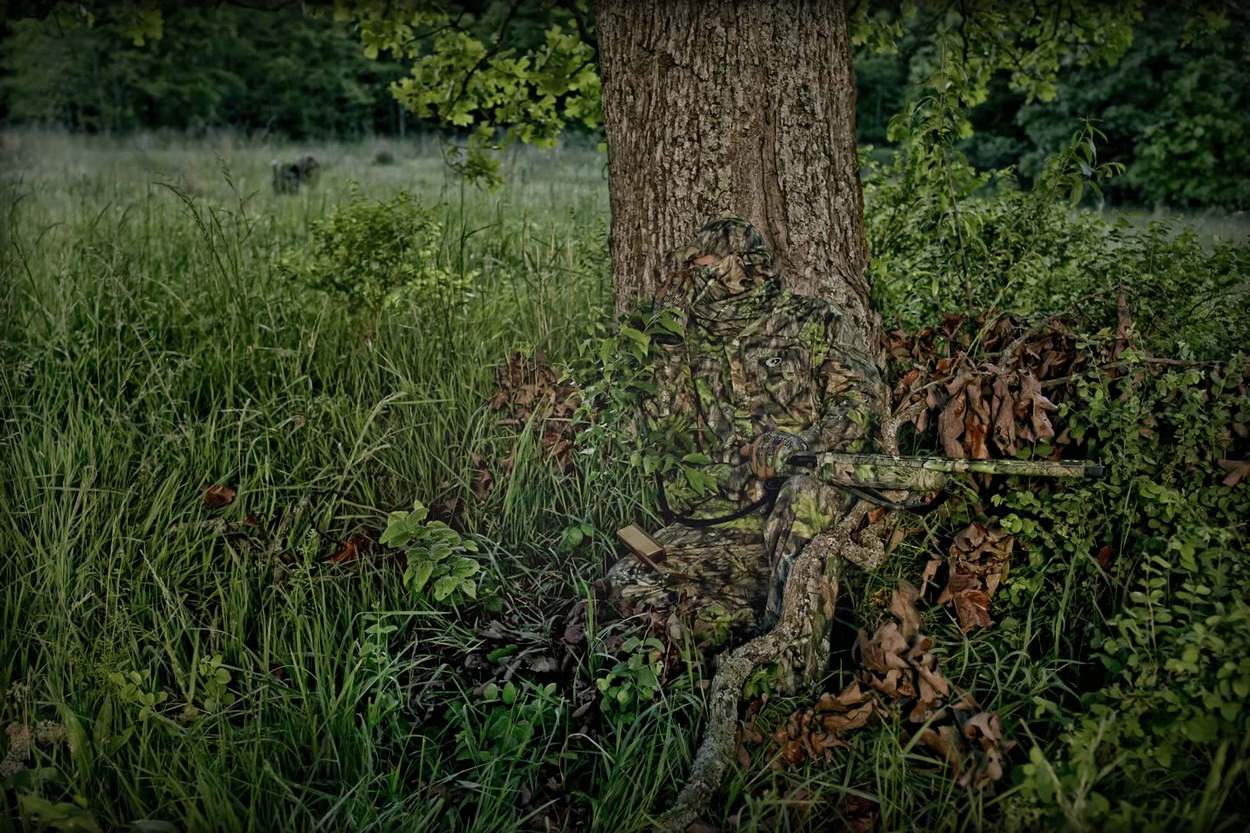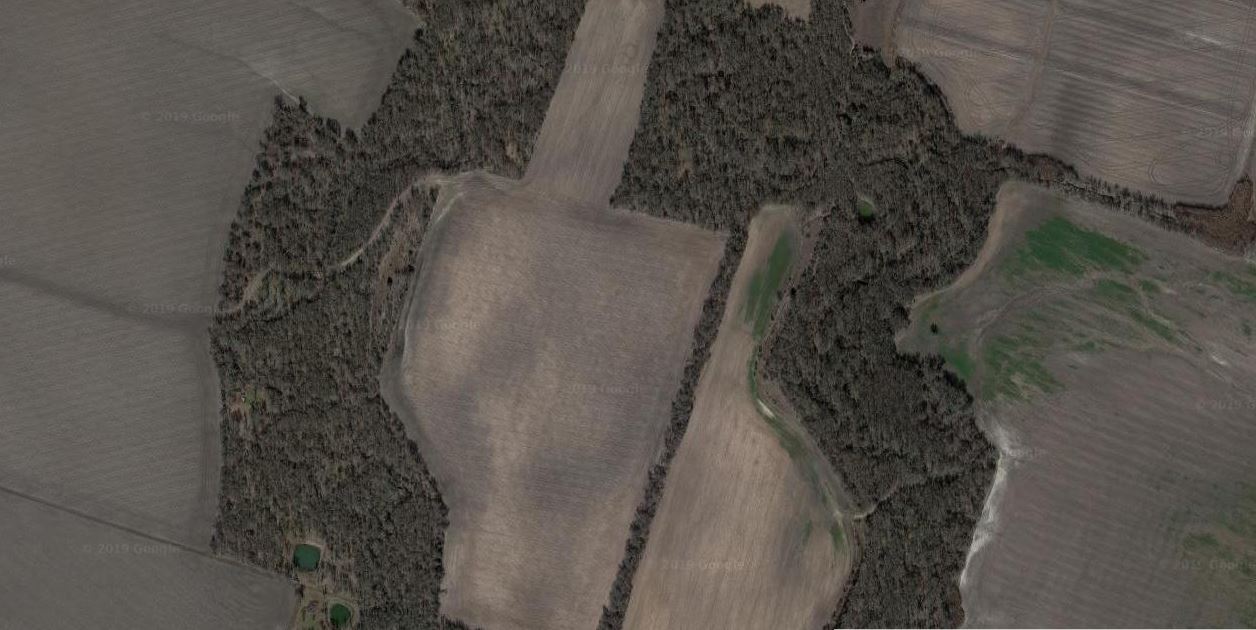Prepare for Deer Season
It’s late Summer and hunting season is getting closer by the day! Before we know it school will be back in session, cool fronts will be rolling in from the North and we will be on the hunt for on of our favorite game animals, the white-tailed deer. With days getting shorter and the hunting season getting closer, here are 3 things that deer hunters should be doing right now to prepare for the upcoming season.
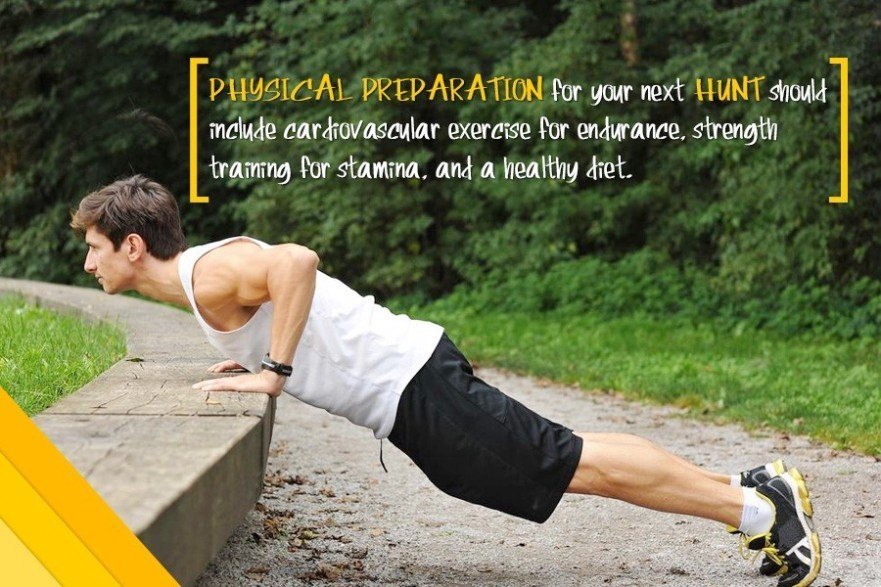
1. Exercise to Improve Your Hunting, Experience
This is something that we should all strive to do on a regular basis, but life gets busy. Make it a point to improve your stamina prior to deer season. Staying in good physical shape should be a priority for hunters, especially when we expect ourselves to carry as much gear as a pack mule, climb like a tree like a monkey and have the ability to drag out a mature buck. Then we have to load it.
Hunters that expect to cover a lot of country must have endurance. Cardio will pay off. You don’t have to go all American Ninja Warrior on us. Chuck Norris? No. Just walking at a very brisk pace for a couple of miles a day helps get those legs and heart ready for action. But you still have to do it. Stronger legs can help with crouching, having to hold in odd positions for longer than you’d like and may ultimately help close the distance.
In addition, focus on exercises that use your arms and legs that help stabilize your core, which makes all of you muscles stronger but especially strengthens your back and abs. Many of us forget about abs. Don’t aim for six-pack abs, but do exercises that make your abs stronger because weak abs will lead to back injuries. A weak back is a back injury waiting to happen. Avoid having it happen when you go to load your big buck.
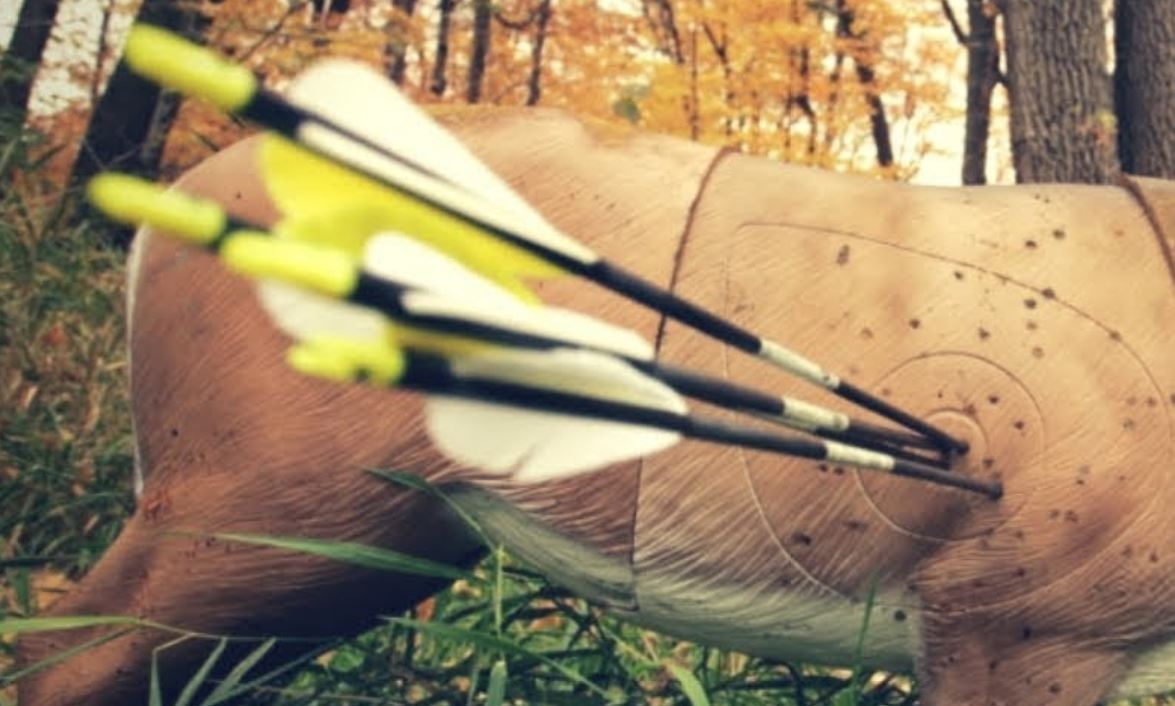
2. Practice: Skill Creates Opportunity
This is something that every hunter should do early on, well before the deer hunting season. Get out your gear and look it over, then go a use it. Nothing better prepares us for the final seconds of a successful hunt better than being comfortable and confident with our hunting equipment. This is equally true for archery equipment and firearms. Getting to know your gear is particularly important if you’ve picked up a bow or gun recently.
Practice with your gear and become proficient with it. Also, perform a dress rehearsal of sorts, and get everything in place just as if you were going hunting. Shoot. Walk. Climb. See what is going to work and and what is not. Nothing builds confidence like repeatedly shooting your bow into the fall season. Again, pre-season exercise will ensure you don’t strain an arm or pull a buck muscle in the process.
Whether you hunt using a gun, bow, or both, create situations simulate actual hunting scenarios. Shoot from elevated positions as well as from ground level, while sitting, standing, crouched or while kneeling. It will also pay to examine any stands that are already in place an ensure that everything is good to go. Don’t wait until your first sit of the season to realize there is a fresh, new branch growing right where your head is supposed to be, or what used to be an open shooting lane is now a mess of new growth.
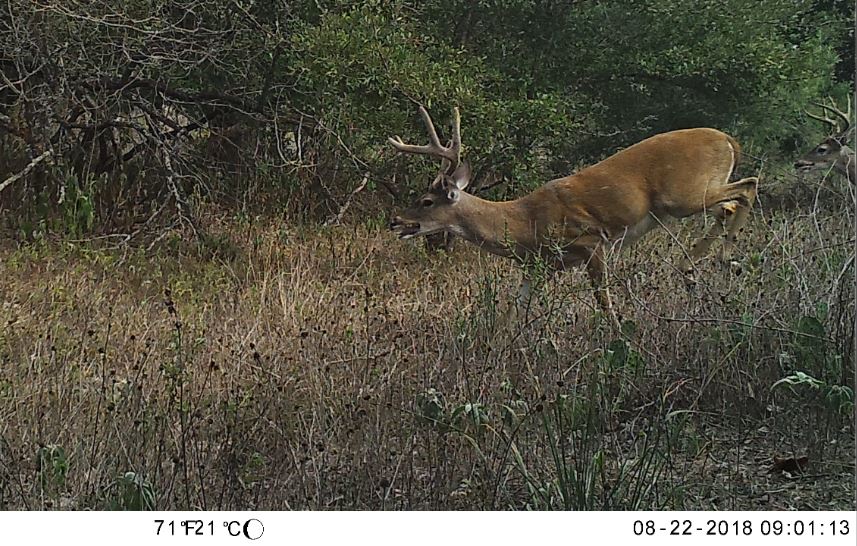
3. Game Cameras for Pre-Season Hunting
What do I need to say here? It’s late Summer so get them out and start scouting! With hot, dry conditions deer will be on the move right now, with most activity occurring after the sun goes down until mid-morning. There is no better time to get a pre-season read on the bucks using your hunting property than right now.
This is important and really exciting for those of you that will be hunting new ground during the upcoming deer season. It’s fun to get out during the last hour of daylight, cruise and sight deer, but most of the buck movement and feeding activity during late Summer will under the cover of darkness. We like it cool and so do the deer.
Remote cameras allow a hunter to evaluate most of the bucks in his or her hunting area as well as estimate deer herd composition. This is good leading up to the season opening because it gives the hunter a chance to set expectations, evaluate antler growth on an annual basis, and determine management-based harvest strategies. August through September is typically the time to perform deer surveys, so get out there and get some info on the deer using your property.

